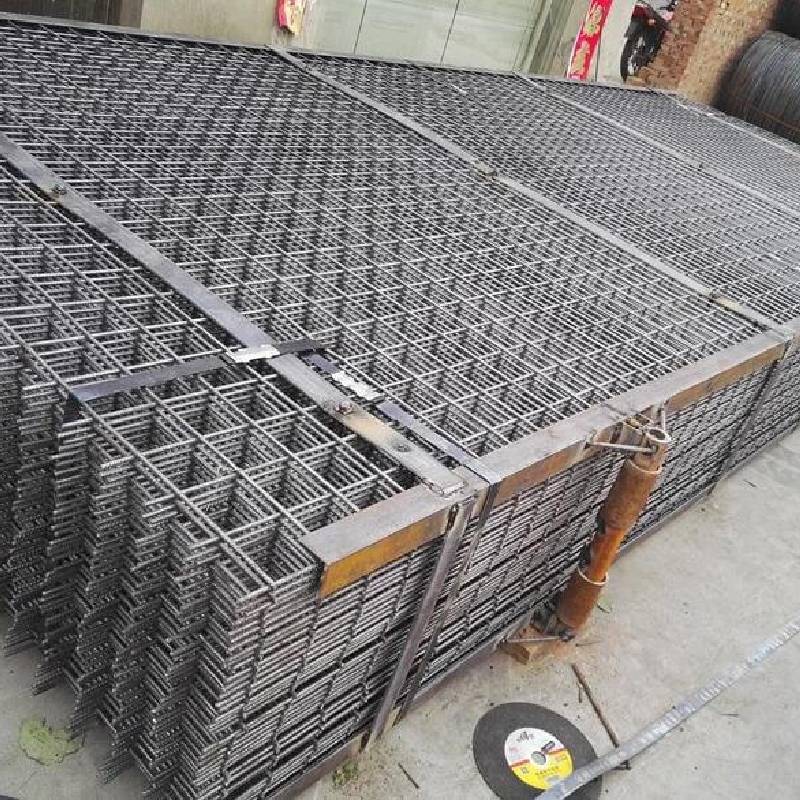
- Mobile Phone
- +8613931874955
- sales@cntcmetal.com
Hooks for Coil Springs in Industrial Applications and Their Benefits
Understanding Coil Springs with Hooks A Comprehensive Guide
Coil springs with hooks are an essential component in various mechanical systems, offering flexibility, resilience, and practical solutions in everyday applications. They play a pivotal role in numerous industries, including automotive, aerospace, manufacturing, and even household items. This article explores the intricacies of coil springs with hooks, their applications, construction, and maintenance.
What Are Coil Springs with Hooks?
Coil springs, in general, are elastic devices used to store energy and absorb shock. They are constructed from coiled wire and can be found in various shapes and sizes. When discussing coil springs with hooks, we typically refer to those that have one or both ends formed into hooks, which allows them to be easily mounted or attached to different structures.
The design of the hooks enhances the functionality of the spring, making it suitable for a broader range of applications. Hooked coil springs are particularly useful in situations where the spring needs to be connected to other components without the aid of additional fixtures.
Applications of Coil Springs with Hooks
Coil springs with hooks are widely utilized across several applications
1. Automotive Industry In vehicles, these springs are often used in suspension systems, ensuring a smooth ride by absorbing shocks and vibrations. The hooks allow for easy attachment to various components, facilitating straightforward installation and maintenance.
2. Manufacturing and Machinery Many machines utilize coil springs with hooks in their operation. They can be used in conveyors, hoppers, and other machinery where tension and compression play a vital role in functionality. The hook design makes replacements or adjustments easier due to their accessible installation points.
3. Consumer Products From toys to furniture, coil springs with hooks are found in various household items. They provide support and elasticity in many applications, contributing to the comfort and functionality of everyday products.
Construction of Coil Springs with Hooks
coil spring with hooks

The construction of coil springs with hooks typically involves several key materials and processes
1. Material Selection The wire used to construct coil springs can vary based on its intended application. Common materials include carbon steel, stainless steel, and music wire. The choice of material affects the spring's durability, resistance to corrosion, and overall performance.
2. Manufacturing Process The manufacturing process for these springs involves wire being coiled under tension and then often heat-treated to enhance strength and elasticity. Hooks are formed at the ends of the springs using specialized machinery that ensures consistency in shape and size.
3. Tensile Strength and Spring Rate Understanding tensile strength and spring rate is crucial when discussing coil springs. Tensile strength refers to the maximum load a spring can bear before failing, while the spring rate measures the spring's stiffness—important metrics to consider during design and application.
Maintenance and Best Practices
To ensure that coil springs with hooks function effectively over time, it is essential to follow best practices for maintenance
1. Regular Inspections Performing regular inspections can help identify signs of wear and tear, such as corrosion or deformation. Monitoring the integrity of the spring is vital to prevent failure during operation.
2. Lubrication Lubricating the springs can reduce friction between moving parts, enhancing their lifespan and performance. However, care must be taken to use appropriate lubricants that do not detrimentally affect the spring material.
3. Correct Load Application It’s crucial to ensure that the coil spring is subjected to loads within its specified limits. Overloading can lead to premature failure or deformation, which may compromise the entire system's safety.
Conclusion
Coil springs with hooks serve an invaluable purpose in providing flexibility and support across a myriad of applications. Their unique design allows for easy installation and adaptability, making them a favorite in various industries. Understanding their construction, applications, and maintenance needs can help users optimize their performance and ensure longevity. As technology evolves, the design and functionality of coil springs with hooks will likely continue to improve, solidifying their role in modern mechanical systems.
share:
-
Your Source for Concrete Wall Ties and Masonry AccessoriesNewsJul.10,2025
-
Unlocking the Power of Iron Wire for Every ProjectNewsJul.10,2025
-
Explore Advanced Chain Wire and Stainless Steel Mesh FencingNewsJul.10,2025
-
Discover the Benefits of Annealed Wire ProductsNewsJul.10,2025
-
Discover China Stainless Steel Wire Mesh SolutionsNewsJul.10,2025
-
Build with Confidence Using High-Performance Masonry AccessoriesNewsJul.10,2025
-
Why Sacrificial Formwork Is Redefining Underground ConstructionNewsJun.06,2025



















